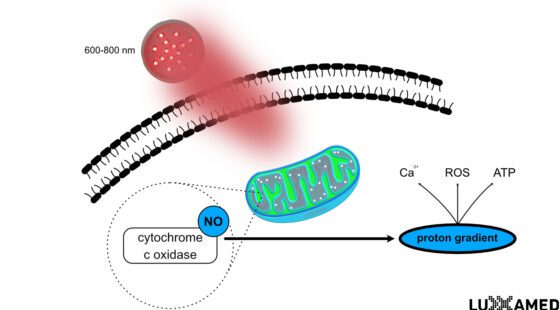
photobiomodulation
Research has revealed new uses for LED light therapy, specifically Photobiomodulation (PBM), in medicine and tissue engineering. PBM has been found to speed up healing by promoting ATP synthesis in mitochondria and cell membrane photoreceptors. Studies indicate that PBM can enhance both the proliferation and differentiation of stem cells, thereby increasing tissue healing rates. Although red light or near-infrared light is most commonly used, recent findings show that blue and green light can also improve the differentiation of stem cells from human adipose tissue.
The proposed mechanism of PBM involves photochemical interactions with target cells, with the mitochondria absorbing the photons and activating various molecules. These include nitric oxide, ATP, calcium ions, and reactive oxygen species, which can be beneficial in low concentrations and can trigger apoptosis in certain cells.
Studies suggest that applying LED light in the red light range boosts plasma membrane activity in cells, with 810 nm being the optimal wavelength. However, the absorption of higher wavelengths by other molecules is possible, thereby expanding PBM’s potential applications.
